Guide To Lumbini’s Ancient Monument Of Ashoka Pillar In 2025
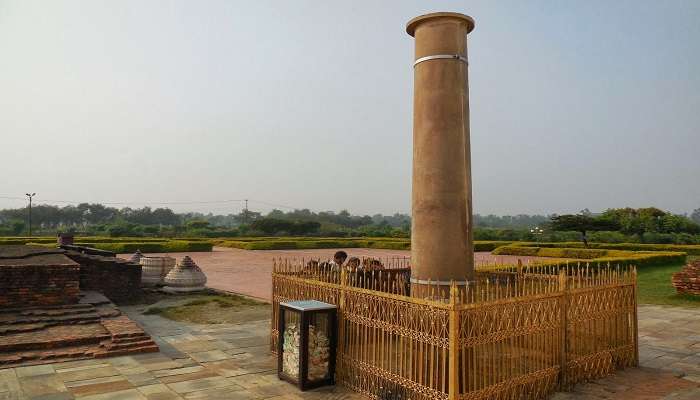
In the middle of the holy ground of Lumbini, Nepal, is the Ashoka Pillar, which invites every traveller to see a history that dates back to the past.Emperor Ashoka constructed this solitary pillar in the 3rd century BC and symbolised the cradle of Buddhism and its numerous contributions to the growth and development of the area. When you get closer to it, you will get a feeling of a prehistoric era because the Brahmi script is still beautifully engraved and intact. The Ashoka Pillar with an inscription gives one a peep into the past, making it one of the most must-visit places for history lovers and iconoclasts on a spiritual trail.
History Of Ashoka Pillar
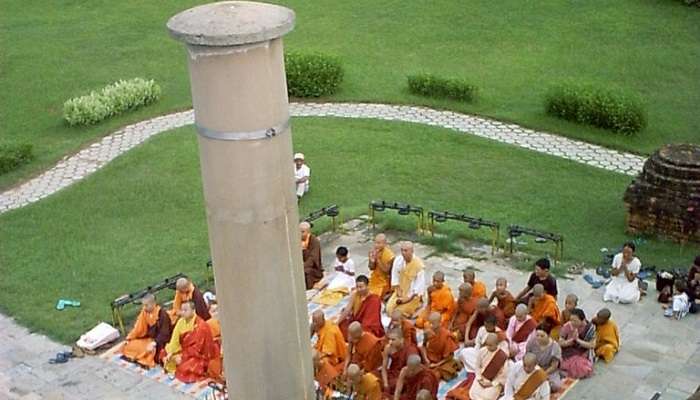
The Ashoka Pillar is a series of eleven monolithic columns established by the Indo-Greek Emperor Ashoka the Great during the reigns of around 268-232 BC. It is a well-known ancient Indian architecture. These columns, with the first set up at Sarnath, where the Buddha himself began preaching, carry messages of moral and ethical principles that have been given the Buddha’s blessings. Discovered buried in the ground of Sarnath, the top end or capital of this pillar is preserved in the museum at Sarnath today. These monuments are estimated to have been built in the 3rd century BC and are worthy symbols of the Mauryan period’s history and heritage.
Also Read: Indian Restaurants In Kathmandu
Lumbini Ashoka Pillar Inscription
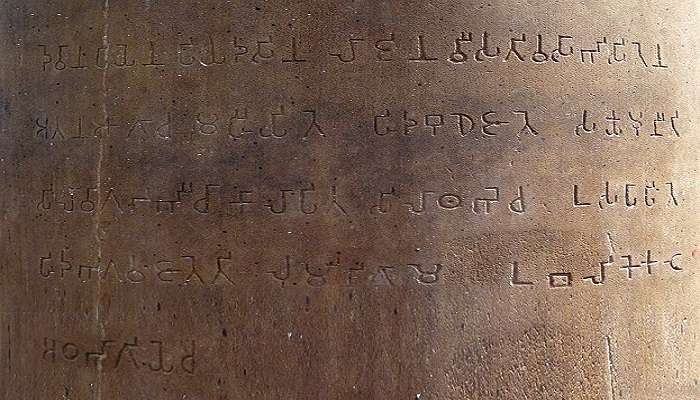
Lumbini Ashoka Pillar Inscription is one of the oldest inscriptions in Nepal, dating back to the 3rd century BC. Considered to be the message of Emperor Ashoka Maurya of the Mauryan Empire, which existed from 269-232 BCE, this text is engraved in the Brahmi script on the pillar in Lumbini. Historically valuable due to its age and its association with one of the most important Indian kings, it provides valuable information about the period’s culture and administration.
Timings
The Lumbini Ashoka Pillar is a significant historical monument located in Lumbini, Nepal, and its timings are as follows:
Opening Hours: Ashoka Pillar is open to the public from 6:00 a.m. to 6:00 p.m. daily throughout the year.
Special Events: It is the centre of attraction for Buddhists worldwide, and some official programs and festivities are organised here and there.
Entrance Fee
The entrance fee for the Lumbini Ashoka Pillar is typically included in the overall ticket for the Lumbini Development Zone. The fee varies for different visitors:
- Foreign tourists: NPR 500
- SAARC nationals: NPR 100
- Nepalese citizens: Free
Suggested Read: Shopping in Nepal
Ashoka Pillar In Lumbini Nearby Attractions
Lumbini has a historical attraction known as the Ashoka Pillar, which is important and proves that Lord Buddha was born in Lumbini. Here are some nearby attractions that you can visit:
1. Maya Devi Temple
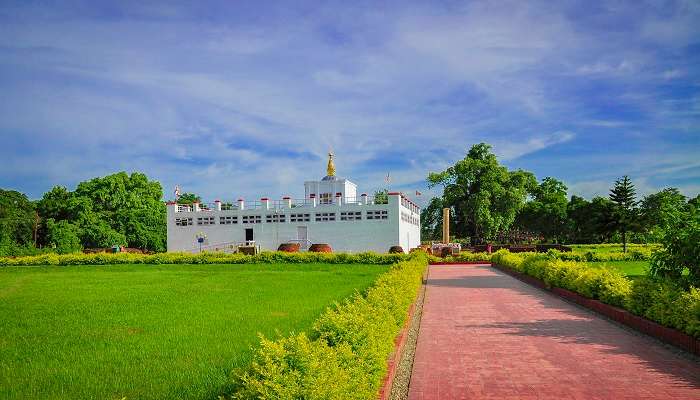
Situated in Bihar, Nepal, near the Ashoka Pillar, this temple is regarded as the birthplace of Buddha. Although not an actual temple, it has architectural and artistic representations; as a Buddhist shrine, it has carvings and statues. The architecture and history inside the temple’s premises are incredibly attractive for devotees and incoming tourists who want to witness the birthplace of Buddhism and the historical background of Lumbini.
Related Post: Paragliding In Kathmandu
2. Sacred Garden
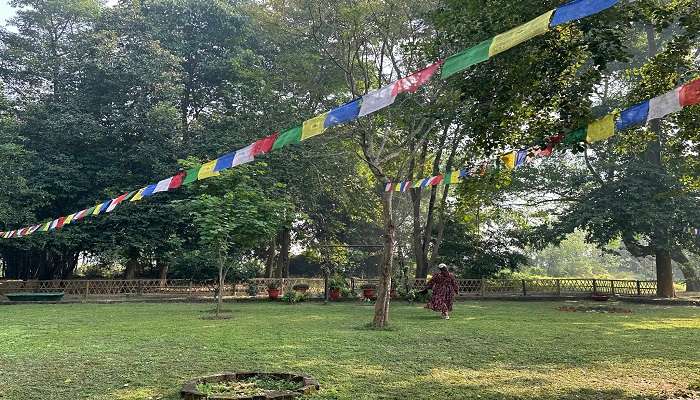
Surrounding the Ashoka Pillar and Maya Devi Temple, the Sacred Garden gives tourists an aesthetic and spiritual feel. It is a place where one is likely to meditate and engage in other religious activities. Thus, the architectural and landscape design of the garden reflects the natural environment and religion and enables a person to experience the history and religious background of Lumbini.
3. Lumbini Museum
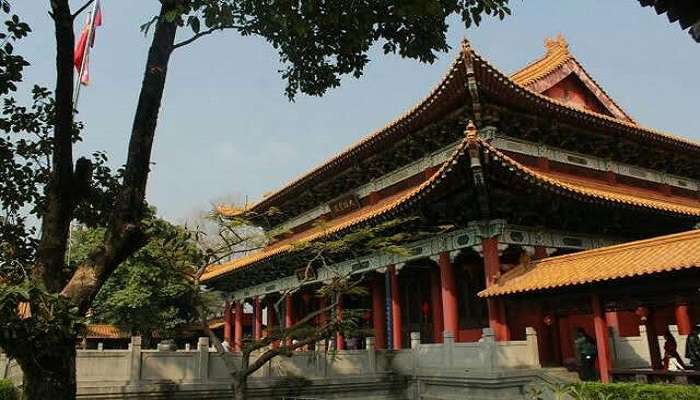
The museum lies near the Pillar and houses relics and artefacts of Buddhists. It contains a rich set of items and exhibits linked with the life and state of teachings of the Buddha. Tourists can see sculptures, coins, pottery, and manuscripts that will help understand the development of Buddhism. Together with the hall dedicated to the life and works of Sakharov, the museum possesses noteworthy collections of art and historical relevance to offer the public a broad idea of the area’s cultural and religious background necessary to gain a better understanding of Buddhism, all in one visit.
Related Post: Temples In Nepal
4. Puskarini Sacred Pond
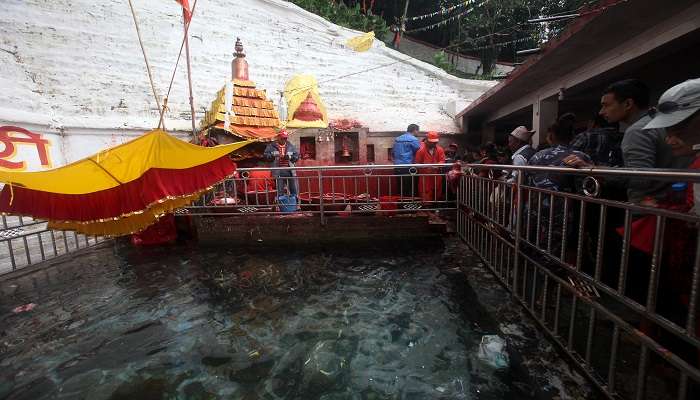
Their ponds are considered sacred because it is believed that Queen Maya Devi used to bathe in this pond before delivering Buddha. They are calm and give a mirror-like appearance to the region surrounding them, providing good scenery. Besides being a historical building, the pond symbolises a part of rituals and ceremonies and makes the viewers aware of an important story from Buddhist history.
How To Reach Lumbini
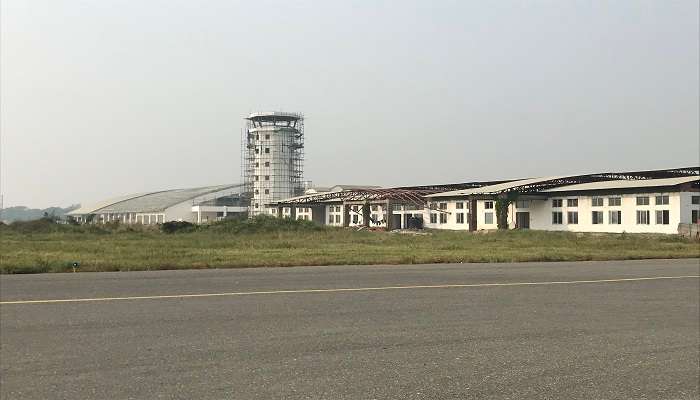
The Lumbini Ashoka Pillar is located in Lumbini, Nepal; Lumbini is one of the holiest places in Buddhism and the birthplace of Buddha. Here’s how you can reach the Ashoka Pillar:
By Air:
The nearest airport is Gautam Buddha International Airport (Bharatpur), which is about 90 km(56 miles) away from Lumbini. Fixed transport, such as a taxi or bus, can be arranged from the airport to Lumbini.
By Road:
The bus facilities help people travel to Lumbini from other neighbouring cities and countries, such as Kathmandu, Pokhara, Varanasi, and others. You can take a bus to Lumbini through these cities. The trip can take from 4 to 6 hours, depending on the chosen roads and traffic.
By Train:
There is no rail transport to Lumbini, the birthplace of Lord Budha, from the above-mentioned stations. The nearest railway track is Gorakhpur railway station, which is about 120 kilometres from Lumbini. Public transport, such as buses and taxis, is available from Gorakhpur to Lumbini.
By Foot:
If one wants to be adventurous, one can walk from neighbouring villages or towns to Lumbini. The nearest town is 30 km away, Tansen.
You May Also Like To Read: Museums In Kathmandu
Every trip to Nepal can only be considered comprehensive with a visit to the sacred site of Lumbini, which houses the monumental Ashoka Pillar. This structure should be on your list of places to visit when choosing your travel path. Taste the silence of the environment, visit neighbouring sites of interest, and let the essence of the pillar in the episode guide you as you travel around. So, take a trip to Nepal that will truly make you understand the belief system and heritage of the great Nepal.
For our editorial codes of conduct and copyright disclaimer, please click here.
Cover Image Source: Facebook
Frequently Asked Questions About Ashoka Pillar
When is the perfect time to visit Ashoka Pillar in district Lumbini?
The best time to travel is between October and March as the climate is favourable, particularly for outdoor exploration of historical attractions.
Is it possible to get a guided tour when visiting Ashoka Pillar?
Indeed, some locals will guide you around Ashoka Pillar and the neighbouring region and they will give you very profound details about the pillar and the areas where it is situated.
Is it possible for the visitors to touch or climb the Ashoka Pillar?
Unfortunately, to protect this historical structure, you are not allowed to touch or even climb the pillar and instead you can get very close and take photos.
What are the possible sources of accommodation for the tourists in the area of Ashoka Pillar?
Some guest houses and hotels are of cheap and affordable brands within a radius of one kilometre walking distance from Ashoka Pillar and other places of interest in Lumbini.
Can one take photographs in the area of the Ashoka Pillar?
Yes, taking photography is allowed on the premises of Ashoka Pillar but it is advisable to respect the place and check for no photography signs if any.
People Also Read:
Dhauli Shanti Stupa Dhamek Stupa Sanchi Stupa

With a passion for exploring and travelling to the roads long forgotten, experience the world through enthralling stories and adventures. Join me as I share my experiences at some of the world’s most popular tourist destinations and quench that pestering curiosity with something exciting!











